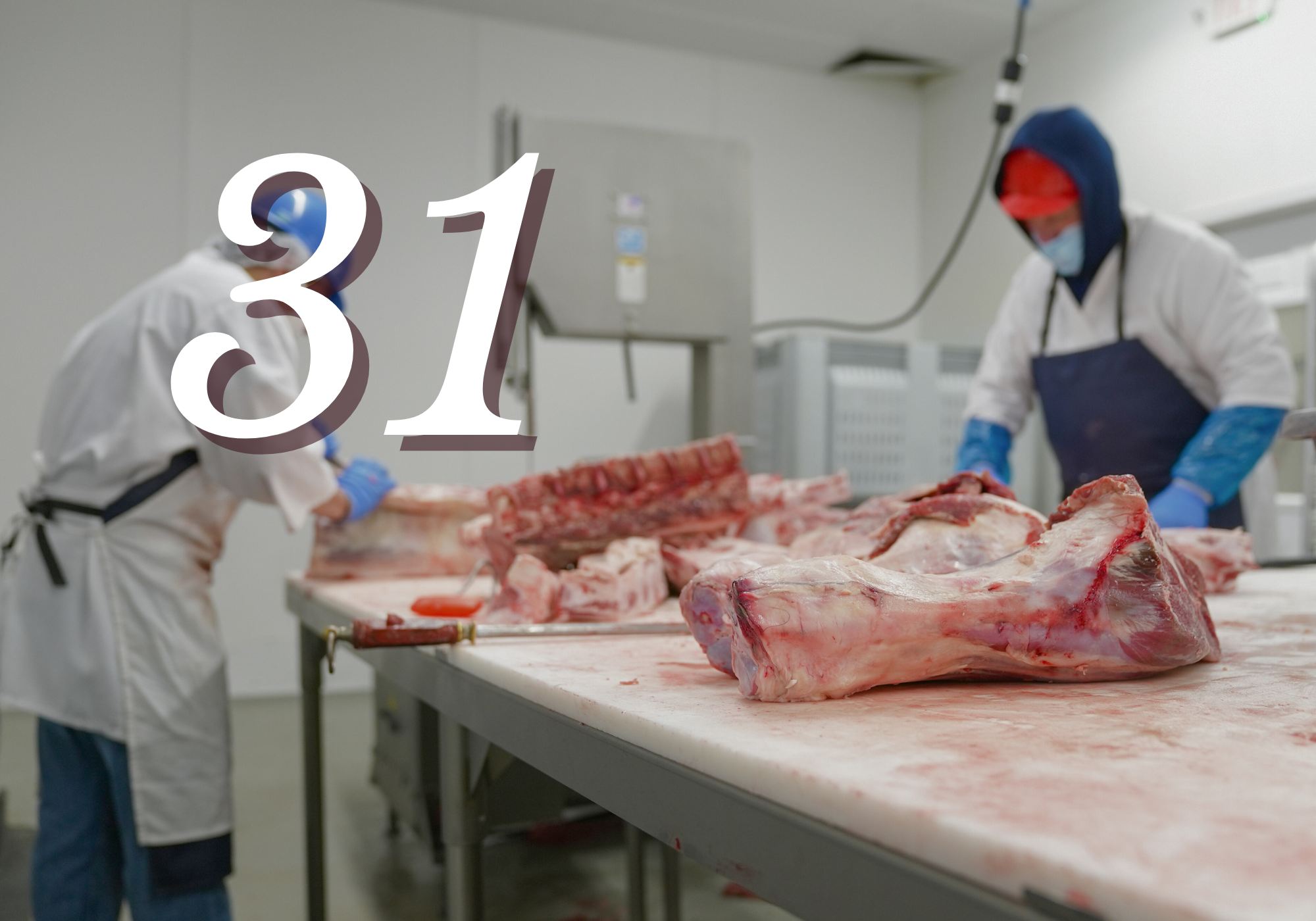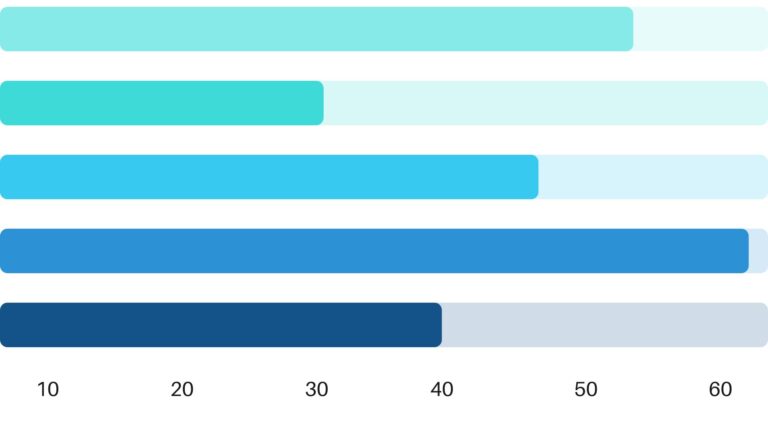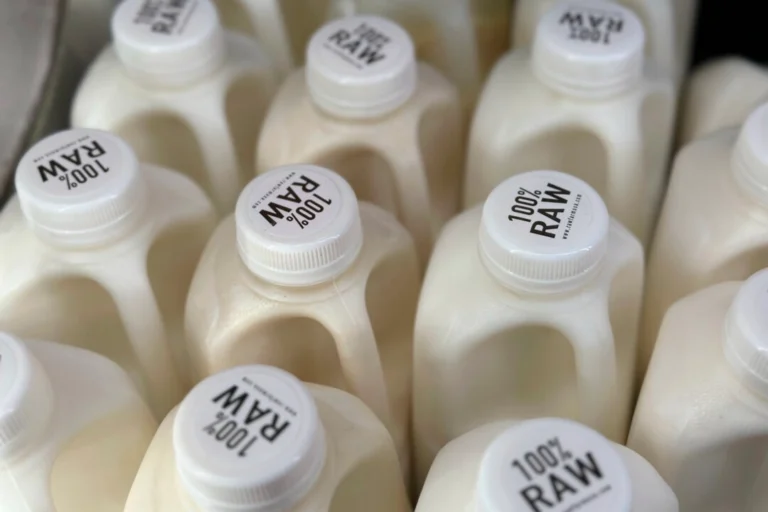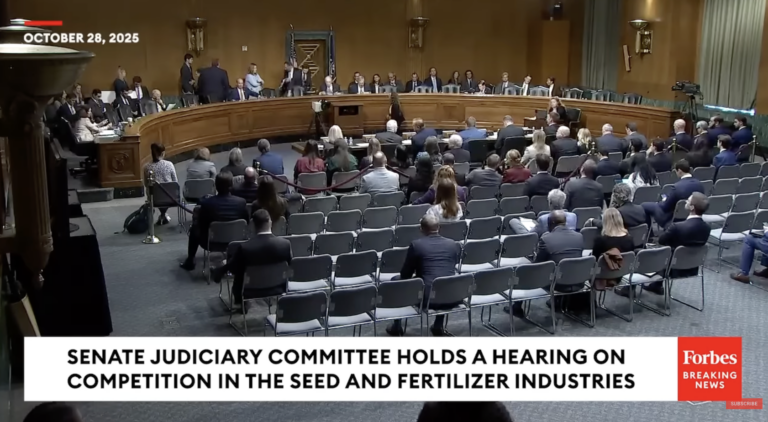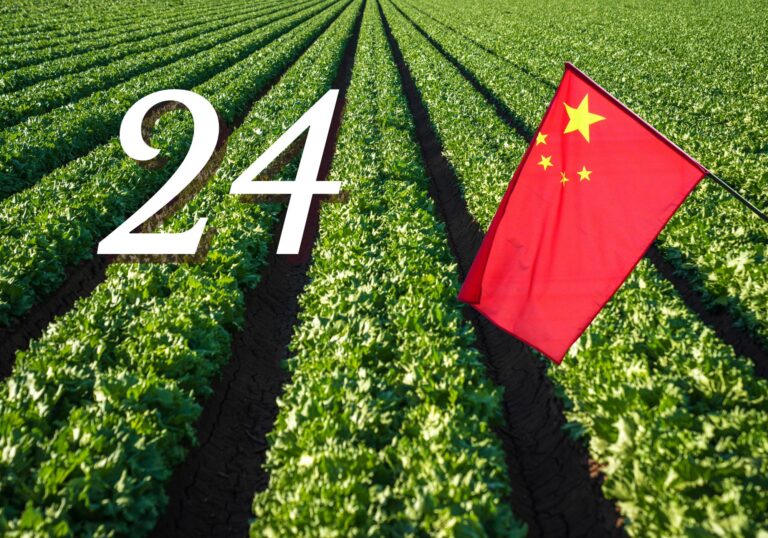Meat Monopoly
In the U.S., a rigid USDA mandate dictates that only meat processed in USDA-inspected facilities can be sold across state lines. And these facilities can be few and far between. This USDA law, while cloaked in the guise of safety, forces livestock from small farms — those idyllic grazing cows you see on a Sunday drive — onto long, stressful journeys to distant slaughterhouses.
The result? Higher costs, reduced quality, and a system that punishes independent farmers while limiting your access to local meat.
The numbers tell a grim story. An estimated 95-98% of America’s meat is processed in USDA-certified facilities, but just four companies control 85% of U.S. beef processing, and an overlapping four companies control 67% of U.S. hog processing. [1]

Meat processed by local butchers (referred to in the trade as “custom” slaughterhouses) cannot be sold. Legally, it can only be eaten by the farmer or given away — unless he has farm-share customers who have already paid for a share of the animal prior to slaughter.
The federal regulations, intended originally to make the U.S. meat supply safer, have become the means by which the meat processing cartel controls the price of meat nationwide, taking autonomy away from ranchers. Furthermore, these rules prevent local customers from purchasing local cuts of meat, produced by farmers whom they know and trust.
The meat processing companies appear to have created deliberate bottlenecks in the processing supply chain, enhancing their control over cattle pricing, with ranchers facing wait times of a year or more to secure a slaughterhouse slot in some regions. Imagine trying to run a business when you must wait to process your product for months — or longer. [2] You can’t sell your cattle when you need to despite your short-term loan coming due. At the same time, according to the USDA, the US has become a net importer of beef! (The right hand part of the graph below, in gray, indicates USDA projections for the next 8 years.)

These delays can strangle small farmers’ ability to plan or expand, and the law prevents them from meeting rising demand for local, organically raised meat.
Ranchers are forced to accept the price for their animals offered by the meat cartel processors. With so few processing options, they’re at the mercy of these corporate giants, who set terms that squeeze rancher profits and stifle competition. [3] While ranchers received 70% of the beef retail price fifty years ago, today they only receive 30%.
Want to raise more animals to meet consumer demand? You can’t do it, if you can’t get a slot at a USDA slaughterhouse.
This centralized control doesn’t just hurt farmers — it limits consumer choices at the grocery store, making it harder to find the healthiest options, free from questionable practices. [4] It also raises the price of meat, because prices go up when the industry creates a deliberate shortage.
Why does this system persist? The USDA’s stranglehold on ranchers, combined with corporate consolidation, serves the interests of a few powerful players while sidelining both independent farmers and American consumers seeking transparency and quality.
Since COVID, the USDA has encouraged increasing the number of USDA-inspected facilities, but progress has been slow. And there is only one single facility east of the Mississippi, in Georgia, that is slanted to grow. Meanwhile, solutions like the PRIME Act, introduced by Representative Thomas Massie, which would allow in-state, direct-to-consumer meat sales from non-USDA inspected custom facilities are stalled, keeping local, organic meat out of reach for millions. [5]
This isn’t just about meat; it’s about who controls your food supply. A handful of corporations, backed by government regulations, dictate what you can buy and from whom. Supporting local farmers and organic choices requires dismantling these barriers. The question is: will lawmakers act, or will they continue to protect the status quo?
Sources
- https://www.ers.usda.gov/amber-waves/2024/january/concentration-in-u-s-meatpacking-industry-and-how-it-affects-competition-and-cattle-prices
- https://www.ers.usda.gov/data-products/livestock-and-meat-domestic-data
- https://www.usda.gov/sites/default/files/documents/schaefer-et-al-2023.pdf
- https://www.wylr.net/2022/07/15/demand-for-organic-meat-is-booming-but-theres-a-shortage-of-slaughterhouses/
- https://www.nationalhogfarmer.com/market-news/prime-act-draws-criticism-from-meat-groups
